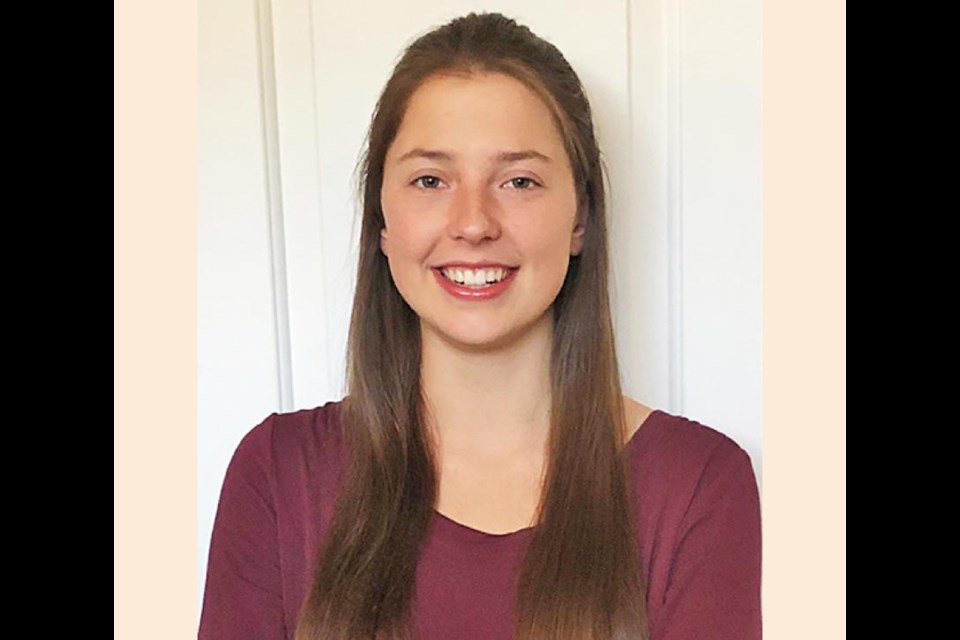WEYBURN – A University of Saskatchewan team, including Weyburn student Arliss Sidloski, is hoping to get Saskatchewan’s first satellite completed in time for launching later this year.
The University of Saskatchewan’s Space Design team is working with Saskatchewan Polytechnic to design, build and assemble a cube satellite, known as RADSAT-SK, which will measure 10 by 10 by 20 centimetres. The team overall has around 70 students involved.
There are currently around 1,367 cube satellites in orbit right now, mainly used for research purposes, educational and commercial uses. This satellite will have an experiment on board along with a small camera, and it will be in orbit for a year before it comes back down to burn up in the atmosphere.
Arliss graduated from the Weyburn Comprehensive School in 2020, and is a second-year engineering student at the university. She joined the Space Design team in her first year at the U of S, signing up before school even started.
Currently the students are in the testing phase for the satellite, and are developing the software needed.
“In order for us to make an August launch, we have to actually have all of our testing, assembly, etc., done by the end of April so that we can ship the CubeSat out east for integration into the holder with the other CubeSats. They will then be shipped to the States to be loaded for launch with Orbital Sciences in Wallops, Virginia,” said Arliss on Friday, adding a specific date has not been set as yet.
“We intend on making this deadline, but due to COVID, we are experiencing a number of delays, so it is not yet certain that we will make this launch,” she said.
Each of the sub-teams has a particular area of responsibility, Arliss explained in a presentation she made last year to the Weyburn Rotary Club. Her team is the systems sub-team, and the other sub-teams include payload (camera-dosimeter boards), mechanical, power and electrical, and the software sub-team.
“We work with the other sub-teams to make sure we have test plans and testing equipment in place, so we can make sure we are meeting all of the requirements. There’s loads and loads of documentation required,” she explained.
The cube satellite will have a low orbit, similar to the one the International Space Station is in, and the camera on board will have a 270-degree field of view. Due to its low orbit, the photos it takes won’t take in the whole Earth, but it will be similar to a panoramic field of view.
The satellite was originally supposed to go up a lot earlier, but COVID restrictions meant the space team was delayed in the work they needed to do, and it got pushed back to 2022 as a result.
Meantime, all of her classes are online other than her labs, which are in person. In addition, she and some of her classmates have been competing in the Western Engineering competition based in Kelowna, B.C., which was moved online due to COVID.




